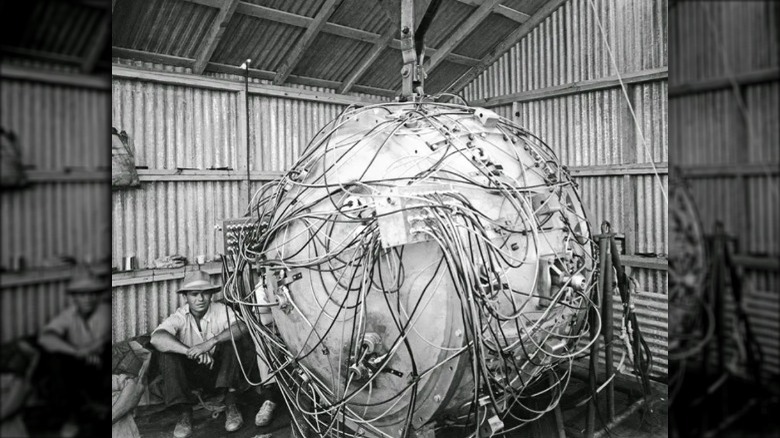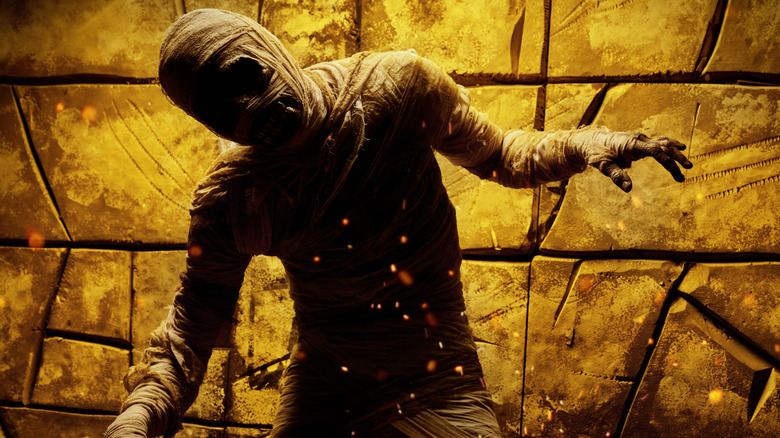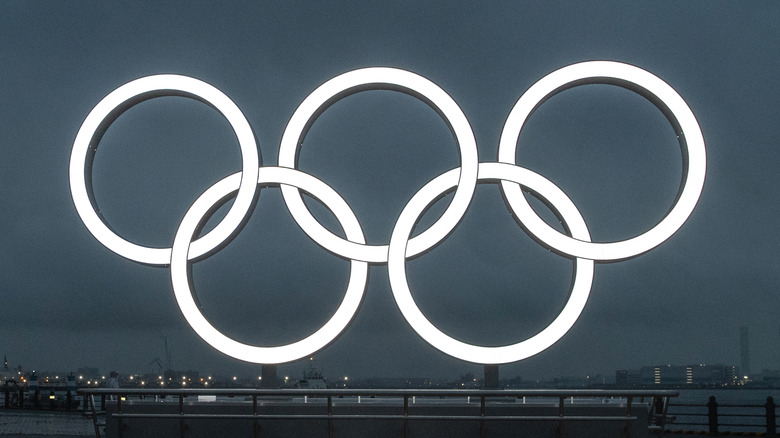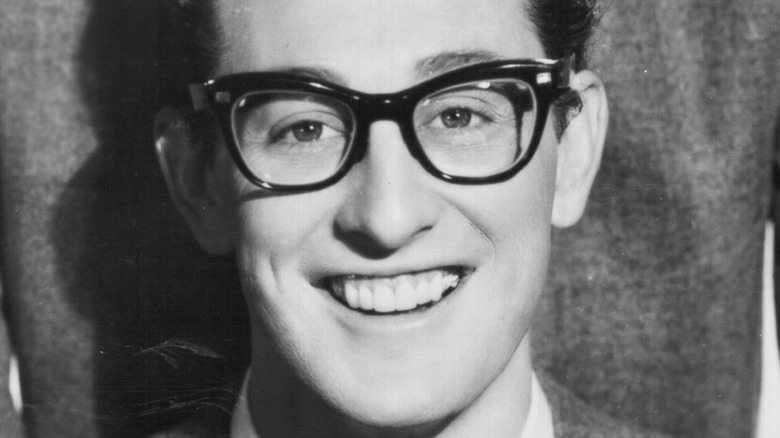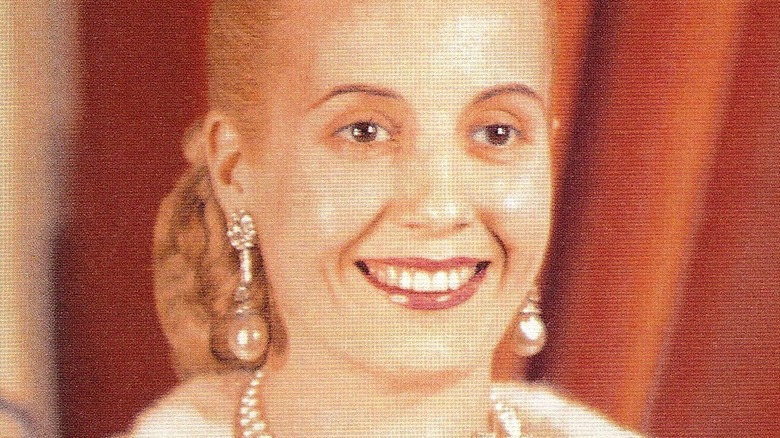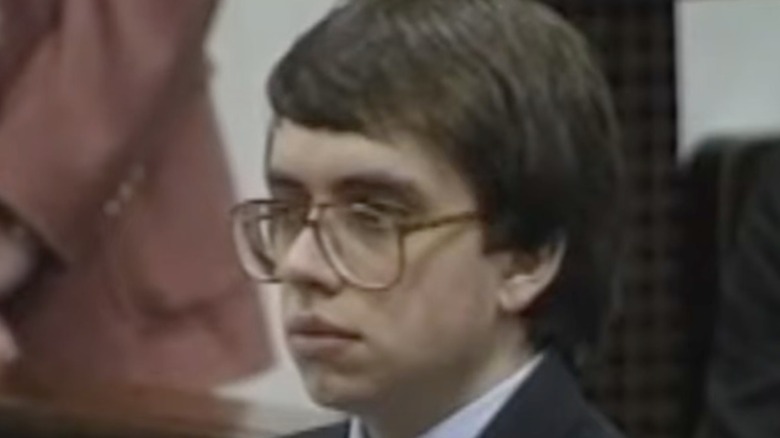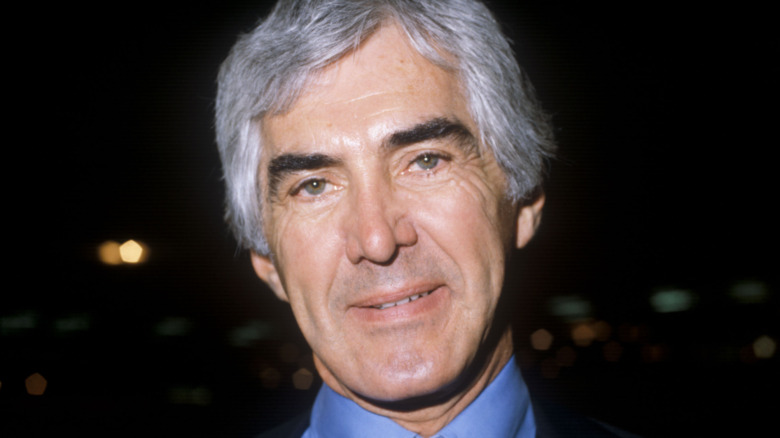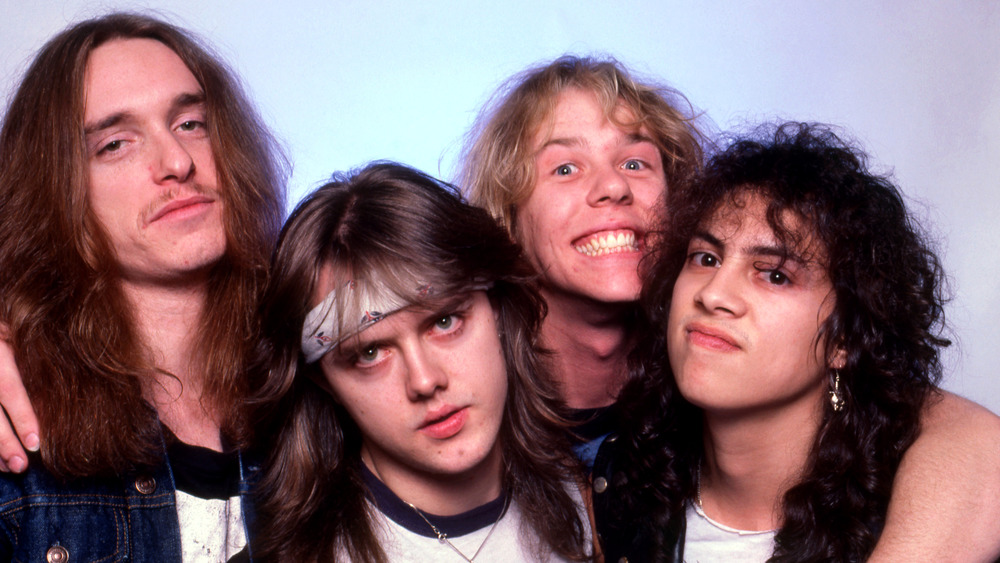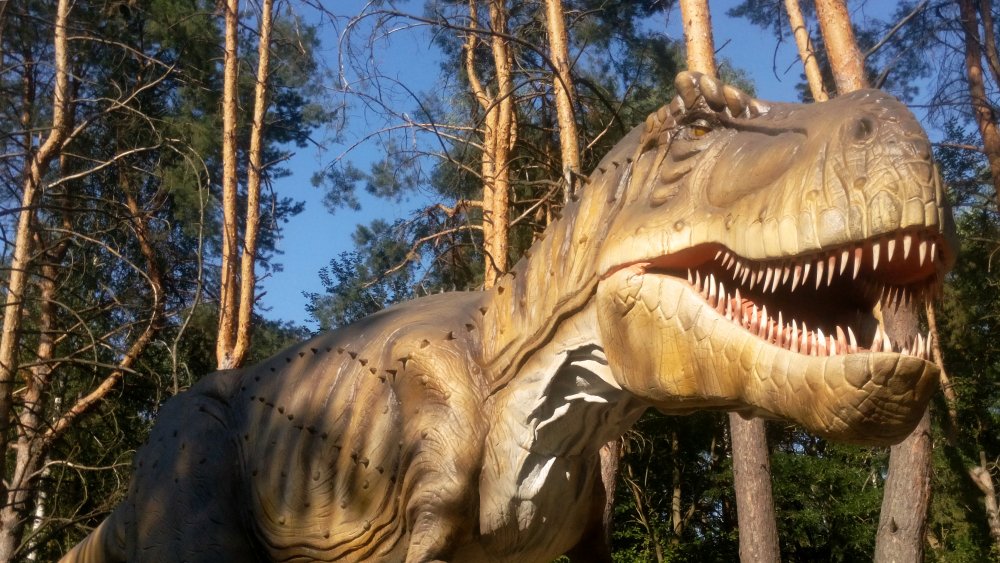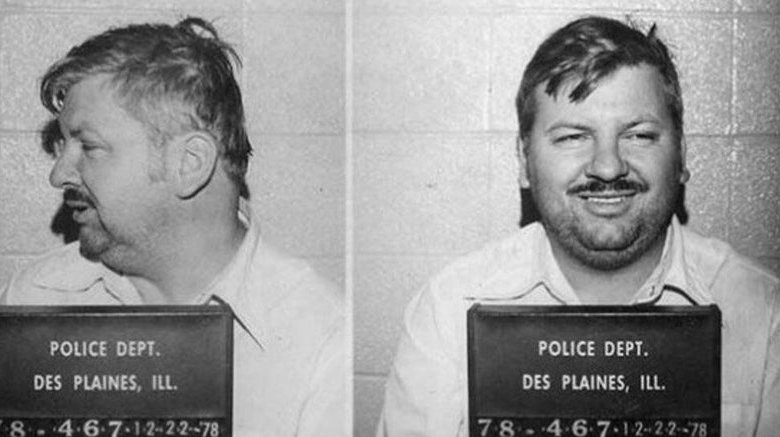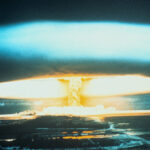
What The World’s First Atomic Bomb Looked Like
In the mid-20th century, the world’s leading scientists got together to try and figure out how to use science and technology to make the world a better place. Just kidding. They used it to build the most destructive weapon humans have ever created. As the world knows all too well, the United States ended up dropping a pair of the balls of pure evil onto Hiroshima and Nagasaki, Japan, under the pretense that it was the only thing that would end World War II. (However, as documented in Oliver Stone’s 2012 documentary “The Untold History of the United States,” the war most likely would have ended without the deaths of hundreds of thousands of Japanese citizens in their homes.)
According to PBS, doomsday device technology has unfortunately developed over the decades to encompass several types of nuclear weapons. These include smaller, lighter, and more destructive atomic bombs; thermonuclear, or hydrogen bombs, which can produce explosions thousands of times more powerful than their predecessors; and dirty bombs, which devastate by spreading radioactive material throughout the blast site. But like most technology, the atomic bomb started off big, clunky, and less effective than what was to come. Let’s take a look at the first atomic bomb, what it looked like, and where its detonation ushered in a new era of ways to bring about the end of the world.
The first atomic bomb was big, bulky, and packed a punch
According to Business Insider, the first atomic bomb ever created was named Gadget. It was a big metal sphere with a 6-foot diameter, a mess of wires spilling over its surface, and a ball of plutonium the size of a grapefruit lovingly nestled inside. This was the first tested prototype of the infamous Manhattan Project, the United States’ answer to Albert Einstein’s warnings that the Nazis were tinkering with their own doomsday device. Gadget was completed in 1945 and detonated on July 16 at 5:29:45 a.m. in Alamogordo, New Mexico.
The man who created the atomic bomb, physicist Robert Oppenheimer, called the project “Trinity” — inspired by a John Donne poem titled “Holy Sonnets: Batter my heart, three-person’d God” — and he would famously quote a different religious text upon seeing what his work had produced. He reportedly thought of the line, “Now I am become Death, the destroyer of worlds,” from the Hindu text called the Bhagavad-Gita, when he witnessed the awesome power of the first atomic bomb explosion in history. The bomb hasn’t destroyed the world — yet — but atomic scientists continue to monitor the threat of these terrible weapons using a system called the Doomsday Clock. The closer the second hand ticks toward midnight, the closer we come to total self-annihilation.
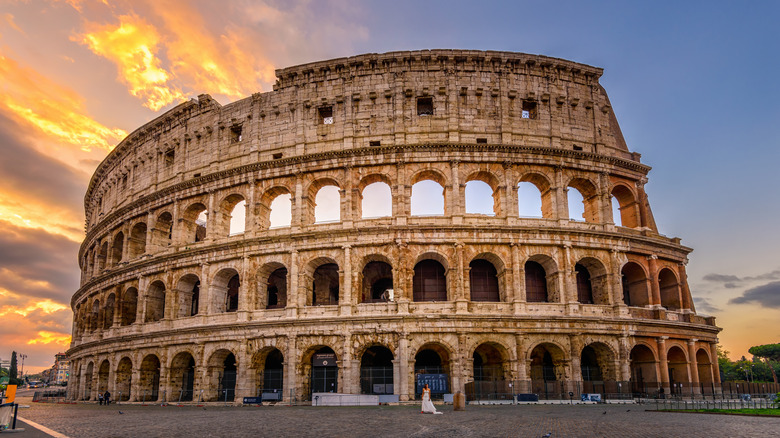
The Real Reason The Roman Colosseum Was Abandoned For Centuries
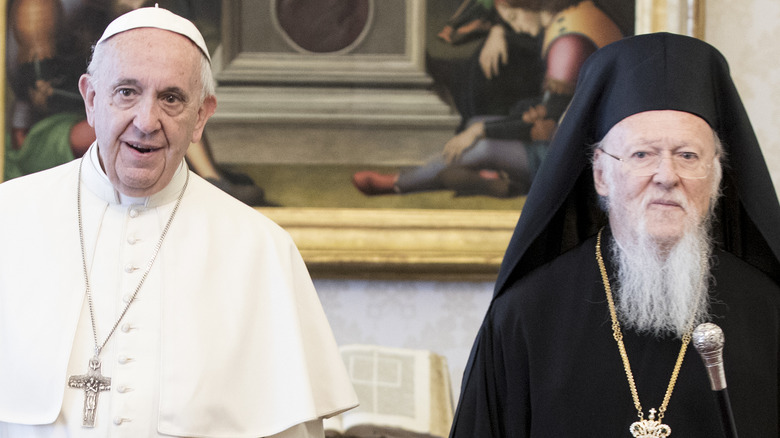
Messed Up Things That Happened During The Great Schism
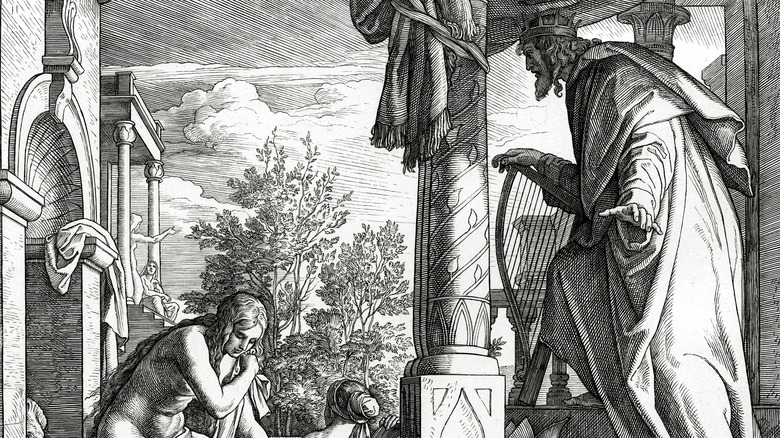
How Bathsheba's Extramarital Affair Took Place In The Bible

Why The Vatican Newspaper Denounced Elizabeth Taylor's Private Life

This Is How Traveling Killer John Martin Scripps Was Finally Caught
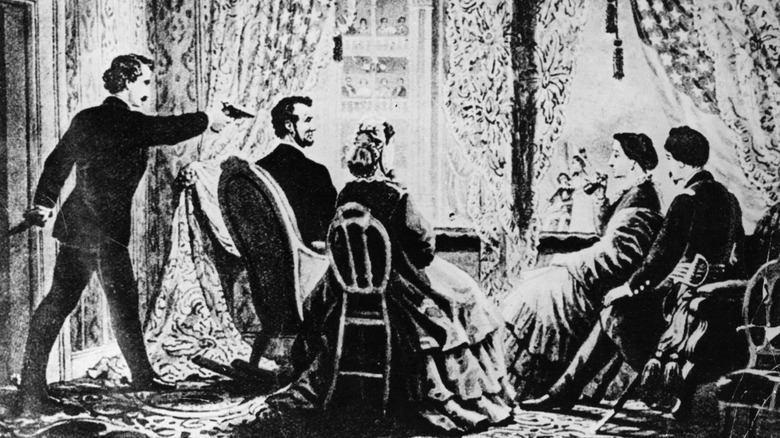
What Might've Happened If Abraham Lincoln Survived His Assassination
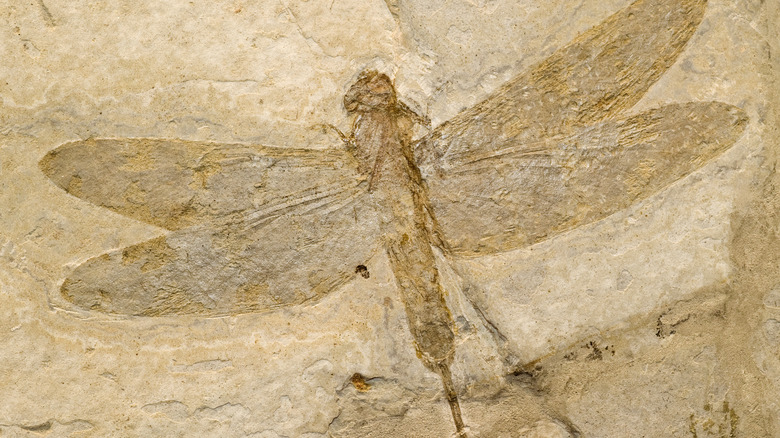
Giant Prehistoric Insects That No Longer Exist

This Was The First Victim Of The Honolulu Strangler
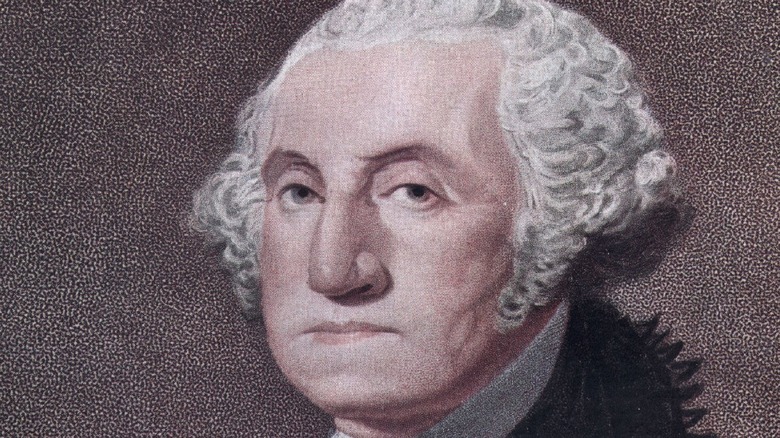
How George Washington Really Felt About The Boston Tea Party

How The White House Got Burned During The War Of 1812
